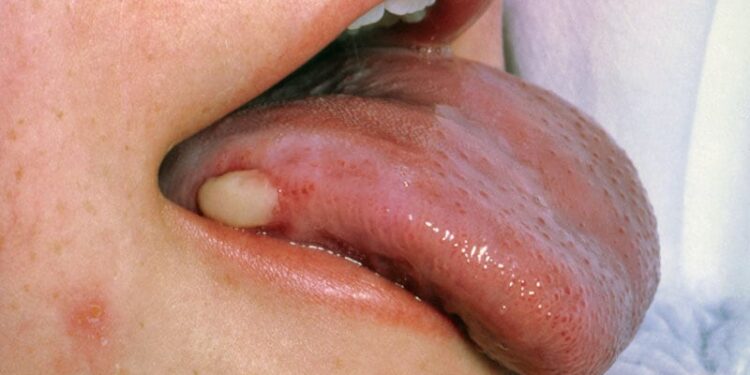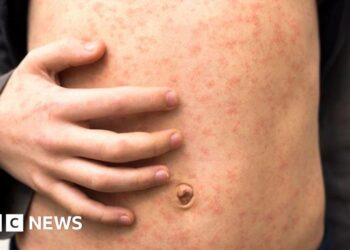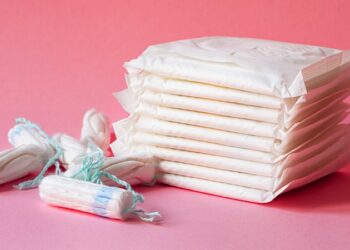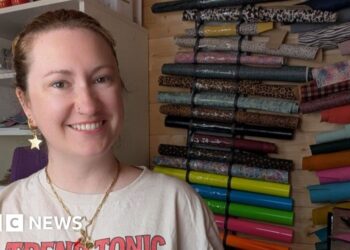TOPLINE:
Women consuming at least one sugar-sweetened beverage (SSB) a day have an almost five times higher risk for oral cavity cancer (OCC) than those consuming less than one of these beverages a month. Risk increases to 5.46 times higher in nonsmoking/light-smoking and nondrinking/light-drinking women.
METHODOLOGY:
- During the past three decades, researchers observed an increased incidence of OCC in nonsmokers, particularly among White women globally. The cause of OCC in nonsmokers shows no association with human papillomavirus and currently remains unknown.
- Researchers analyzed data from 162,602 women (mean age, 43.0 ± 9.9 years) participating in the Nurses’ Health Study (1986-2016) and Nurses’ Health Study II (1991-2017) in the United States.
- Participants were followed from the return of a baseline questionnaire “until diagnosis of oral cancer, death, or end of follow-up,” whichever occurred first. Those with a cancer history, implausible caloric intake (< 600 or > 3500 kcal/d), or missing SSB intake data were excluded from participating in this study.
- Analysis utilized Cox proportional hazards regression models with age and questionnaire period as a time scale to estimate hazard ratios (HRs) and 95% CIs for OCC risk.
- SSB intake was quantified by frequency ranging from < 1 SSB a month to ≥ 1 SSB a day, with < 1 SSB a month as the reference group.
TAKEAWAY:
- During 30 years of follow-up, 124 invasive OCC cases were documented, with participants consuming ≥ 1 SSB daily group showing an HR of 4.87 (95% CI, 2.47-9.60) compared with the < 1 SSB monthly group.
- Risk for OCC in nonsmokers/light smokers and nondrinkers/light drinkers had an HR of 5.46 (95% CI, 1.75-17.07) with ≥ 1 SSB daily vs < 1 SSB monthly.
- Oral tongue subsite analysis revealed an HR of 4.53 (95% CI, 1.85-11.11) in the ≥ 1 SSB daily group compared with the < 1 SSB monthly group.
- Non-tongue subsites showed an HR of 5.24 (95% CI, 1.84-14.91) in the ≥ 1 SSB a daily group vs the < 1 SSB monthly group.
IN PRACTICE:
“Although the increase in risk appears substantial when reported as a relative value, especially in nonsmoking or light-smoking and nondrinking or light-drinking patients, the absolute baseline risk is low (3 cases more per 100,000 population)…These findings must be put into clinical context and suggest that larger cohorts are needed to evaluate the role of different dietary patterns in risk of OCC in patients with and without traditional risk factors,” wrote the authors of the study.
SOURCE:
The study was led by Luis Gomez-Castillo, BA, University of Washington School of Medicine in Seattle. It was published online on March 13 in JAMA Otolaryngology — Head & Neck Surgery.
LIMITATIONS:
According to the authors, the estimates lack precision due to the low number of events. The study included only women, limiting generalizability to male patients. Additionally, evaluation of histopathology was limited due to the age and number of samples. The study participants were primarily of European descent, necessitating examination of these associations in racially and ethnically diverse populations.
DISCLOSURES:
The study received support through grants UM1 CA186107, PO1 CA87969, and UM1 CA176726 from the National Institutes of Health. The authors reported no relevant conflicts of interest.
This article was created using several editorial tools, including AI, as part of the process. Human editors reviewed this content before publication.
Source link : https://www.medscape.com/viewarticle/daily-sugar-sweetened-beverage-consumption-linked-higher-2025a100064o?src=rss
Author :
Publish date : 2025-03-13 15:00:00
Copyright for syndicated content belongs to the linked Source.














